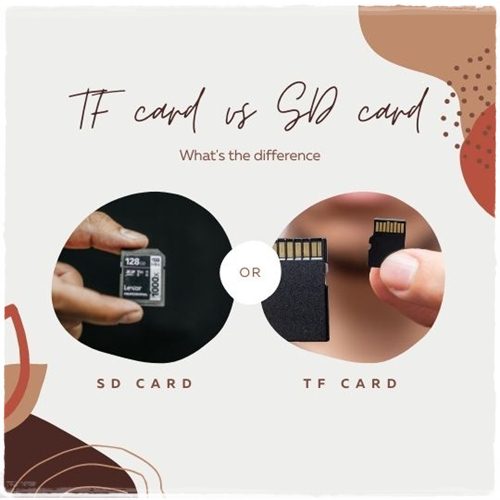There are many different alternatives on the market targeting other devices for memory cards. Among these alternatives, TF cards and microSD cards are 2 of the most popular ones. Various devices use these cards as their key or secondary storage device.
Is there any confusion about what a TF card is? Is a TF card different from a microSD card? Is it the same? Which one should I pick up?
What is a TF card?
A TransFlash (TF) card is the first flash memory card more minor than the size of a fingernail. It is tiny as well as procedures 11x15x1mm. Introduced in 2004 by SanDisk, it was a collaborative effort between SanDisk and Toshiba.
When the SD Association obtained it from SanDisk at the end of the year, it was relabel as a mini SD card. Formally, he received the desirable membership of SD articles. Micro Secure Digital (SD) cards are the mini version of protected electronic cards.
Read More : What is the passion specification?
What is an SD card?
The SD card (Secure Digital card) is a new generation memory device based on Flash Semiconductor memory. It was jointly launche by Panasonic, Toshiba, and SanDisk and release in August 1999. Due to its small size, high data transmission speed, warm convertible, and other excellent features, SD card is commonly used in portable devices, such as video camera digital video, personal digital assistant, media players, etc.
What is the difference between a TF card and a Micro SD card?
TransFlash is just another name for a microSD card.
Please do not continue further if the above statement has addressed your query. Or, you can hop on a beautiful ride.
SD stands for Secure Digital. It is a common name after Secure Digital Association, as the cards were popular by electronic camera manufacturers like Sony, Canon, etc. You can still see them using full-size SD cards.
The Secure Digital Association worked further to minimize the size of the cards to fit more small and portable devices such as PDAs (personal digital assistants) and smartphones.
The miniSD card came (I used it in my Nokia N73 in 2006) and then the MicroSD card (using it since the Nokia N95 in 2007).
Due to their smaller size and the appeal of multimedia phones such as the Nokia Nseries, microSD cards were much more preferred and adopted by Android smartphones.
The main difference between MicroSD, sd, and minisd is the size. SD is the largest, followed by miniSD and, lastly, microSD.
It is feasible to use a smaller-sized card within a slot created for larger cards using adapters. You can use a microSD card inside a digital video camera that supports full-size SD cards by using a microSD to SD adapter.
However, since miniSD cannot attract buyers due to its size, it is used less and less in devices and will probably run out, so you will have difficulty searching for miniSD cards and adapters.
Considering that microSD and SD are the only general requirements to this day, they have spawned many generations since their inception, the main difference being their maximum sustained capacity and the file system they support.
- SD cards used the FAT32 file system and had a max. 2GB capacity.
- SDHC cards use the FAT32 file system and can support cards up to 32 GB.
- SDXC cards use the exFAT file system and support cards from 64GB to 2TB.
The above capacities and the corresponding file systems are also installed on microSD, microSDHC, and microSDXC card.

Leave a Reply